No time: instant landscaping?
sebb_2007
16 years ago
Featured Answer
Sort by:Oldest
Comments (34)
mjsee
16 years agolast modified: 9 years agoturkeytaker
16 years agolast modified: 9 years agoRelated Discussions
Instant landscape needed!
Comments (5)WEEPING ROSEMARY (Rosmarinus officianalis, variety Prostratus) grows to 12 inches tall and 6 feet wide. Other weeping varieties can get up to 2 feet tall and 8 feet wide. It's hardy in zones 8-10. It prefers dry, well-drained, limey soils and full sun. However, it does need to be watered regularly when newly planted if there is no rain. For immediate coverage you will need to purchase larger containers....See MoreFirst-time homeowner needs landscaping help!!
Comments (6)@nhbabs yea, I had my husband repost because initially my post wasn’t showing up in the discussion boards and I wasn’t getting any comments! Then like two days later, I started getting comments so it must have appeared....or it just doesn’t show me my own post when I look at the discussion boards. Who knows....See MoreBest time of year for landscaping
Comments (2)"Best" time is pretty subjective and will depend hugely on where one is located. In milder zones with moderate winters and no freeze/thaw cycles (zone 7 and above), you could get away with gardening/landscaping at any time during the 12 months of the year. Under these conditions, it might be easier to pin down a least favorable time to landscape.......which in most cases would be in summer :-) In Georgia, I don't know why you couldn't do as you plan now. Landscaping is proceeding apace here in my area!!...See Morewhat time of year is best to start a landscaping project? shouldn’t
Comments (3)Hardscaping can be done whenever the ground isn’t frozen and should be done before planting. In my area, fall works well for planting since spring is short and has cold, wet soils and increasingly warm to hot air, a combination that is stressful for plants. But if the plants are properly cared for such as given temporary shade and water is sufficient without being overdone, plants can be planted spring, summer, and fall here in central NH....See Moreduluthinbloomz4
16 years agolast modified: 9 years agolaag
16 years agolast modified: 9 years agogardengal48 (PNW Z8/9)
16 years agolast modified: 9 years agolpinkmountain
16 years agolast modified: 9 years agotxjenny
16 years agolast modified: 9 years agoinkognito
16 years agolast modified: 9 years agobahia
16 years agolast modified: 9 years agosebb_2007
16 years agolast modified: 9 years agoironbelly1
16 years agolast modified: 9 years agoestreya
16 years agolast modified: 9 years agobahia
16 years agolast modified: 9 years agopls8xx
16 years agolast modified: 9 years agoally_ld
16 years agolast modified: 9 years agoamili
16 years agolast modified: 9 years agoFrankie_in_zone_7
16 years agolast modified: 9 years agonycefarm_gw
16 years agolast modified: 9 years agoFrankie_in_zone_7
16 years agolast modified: 9 years agolaag
16 years agolast modified: 9 years agodigdig
16 years agolast modified: 9 years agogardengal48 (PNW Z8/9)
16 years agolast modified: 9 years agobahia
16 years agolast modified: 9 years agolaag
16 years agolast modified: 9 years agoirene_dsc
16 years agolast modified: 9 years agomaro
16 years agolast modified: 9 years agodigdig
16 years agolast modified: 9 years agoirene_dsc
16 years agolast modified: 9 years agokarinl
16 years agolast modified: 9 years agowodka
16 years agolast modified: 9 years agoderek21
16 years agolast modified: 9 years agodjbox
16 years agolast modified: 9 years agogottagarden
16 years agolast modified: 9 years ago
Related Stories

MORE ROOMSInstant Living Spaces
Create Chic New Activity Zones with Shelves, Screens, Glass and Furniture
Full Story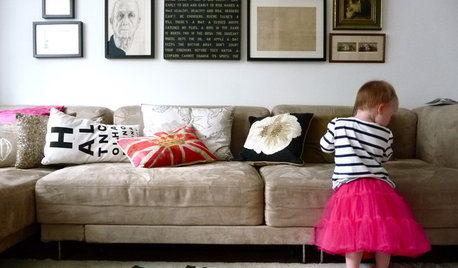
COLLECTIONSGet the Look: Instant Collection
Give a Room Warm, Collected Look With a Trip to Antique Store or Flea Market
Full Story
RUSTIC STYLE12 Must-Haves for an Instantly Rustic Home
No need to wait around for just the right hand-me-downs and woodsy finds — with these pieces, you can fake it till you make it
Full Story
STUDIOS AND WORKSHOPSRoom of the Day: Instant Craft Studio on Vashon Island
A prefab workshop in the backyard of a waterfront vacation home makes a cost-friendly alternative to a home addition
Full Story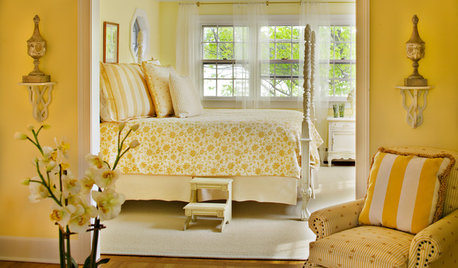
COLORWelcome Yellow Around Your Home for an Instant Lift
Keep on the sunny side with shades of yellow from buttery and soft to dynamic and bright
Full Story
BOLD COLORInstant Fix: Refresh Your Furniture With Some Punchy Paint
Give old furniture new life with a bold color, pattern or idyllic scene
Full Story
SHOP HOUZZHouzz Products: Instant Storage for the Kids' Stuff
Neatness and creativity go hand in hand when you set up a kids’ playspace with colorful storage units and toys from Houzz
Full Story
GARDENING GUIDES10 Easy Edibles for First-Time Gardeners
Focus on these beginner-friendly vegetables, herbs, beans and salad greens to start a home farm with little fuss
Full Story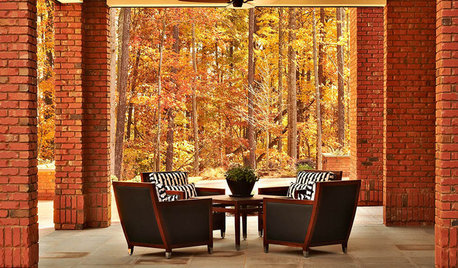
ARCHITECTUREGet a Perfectly Built Home the First Time Around
Yes, you can have a new build you’ll love right off the bat. Consider learning about yourself a bonus
Full Story
HOME TECHIs the Timing Finally Right for Framed Digital Art?
Several companies are preparing to release digital screens and apps that let you stream artworks and video on your wall
Full StorySponsored
Columbus Design-Build, Kitchen & Bath Remodeling, Historic Renovations



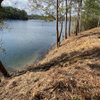
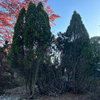

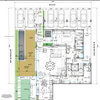
zone_8grandma